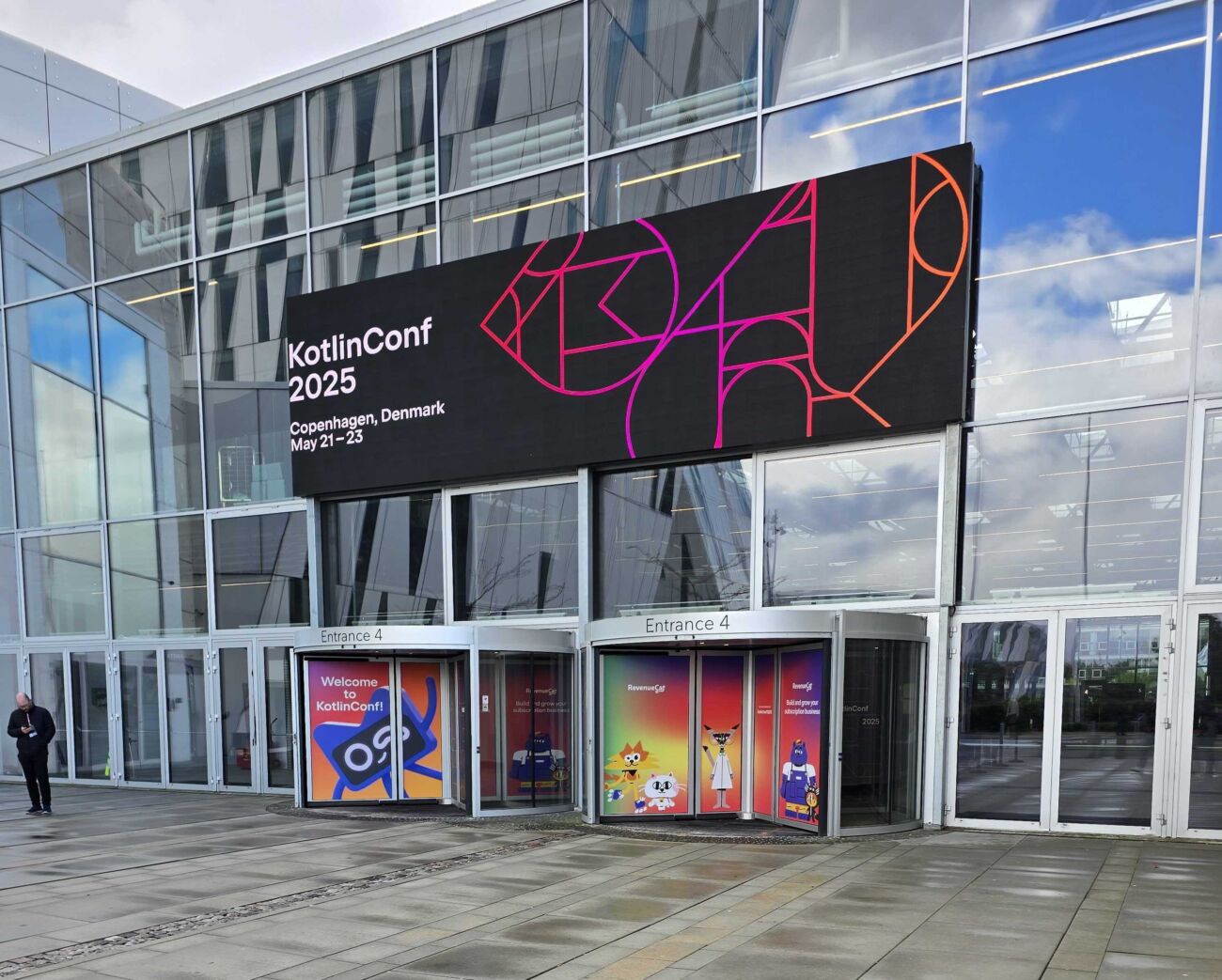Last week, I flew down to the sunny city of Barcelona to soak in the talks about UX, development and communication at ADDConference. I came back with a ton of inspiration to improve our approach to projects, internal presentations and writing material for blog posts like these. This particular blog post will explore key takeaways about communication and collaboration from ADDC.
Design Systems to strengthen your team and brand

Since the implementation of our Product Teams designers, developers and UX’ers are working more closely together than ever. That’s why clear intercommunication is indispensable.
Design Systems can help to make collaboration a lot easier. A design system collects reusable graphical components, design standards and style guides, which define a common visual language for product teams. They enable communication between the development team (which includes designers and UX), product owners and stakeholders.
A design system can also function as a glossary, which is beneficial especially for new team members. By relying on such a tool, a beautiful and value creating experience for end-users is guaranteed. We were already applying atomic and molecular design principles in our current designs while delivering them through Zeplin, but we still have room to grow. I think a full-fledged design system can help us get there.
A sense of belonging in our DNA
During the conference, it was often stressed that every team member needs to have a sense of belonging. icapps achieves this through communication, multi-directional feedback and allowing every member to contribute to the end-product. Even if that contribution lies outside their field of expertise. This is embedded in our DNA and any member welcomes constructive feedback and input to achieve a better end product.
By having developers chip in on certain aspects of a design, or a designer having spotted a bug in the latest build and report it back to the team, we are able to nurture a sense of belonging. Every member of the team is automatically more engaged and it was great to find this school of thought in Barcelona as well.
Listen to your users through AB testing

While internal communication and cooperation is absolutely required for a superb end result, the one thing to keep in mind is that listening to your users is of paramount importance! A fantastic idea with an equally superb implementation means nothing if there are no users. Therefore, you should communicate with your users and take their preferences into account. Sure, you can’t please everyone, but you can just look at the numbers to see what solution might be the most beneficial for both your users and your product.
At the conference, I learned that if you’re ever in doubt, try to apply AB testing. This kind of user testing is also known as split testing or bucket testing. AB testing compares two versions of an app user interface against each other to determine which one statistically performs better.
Conduct field research and talk to your users to improve your understanding of the problems you’re trying to solve and how to best resolve them. Measure how they’re using your product and regularly check if this can be improved somehow. Measurements are possible through tracking products in the wild, or user tests in a controlled environment (a lab). Users are constantly communicating; don’t give up on that opportunity and dare to listen.
Thank you, ADDC, for hosting this amazing conference. For connecting like-minded people and companies. There were a lot of interesting talks and also a suitable ambiance for a conference that is all about cooperation. Also thank you, icapps, for the yearly conference budget and making this kind of experience possible.

